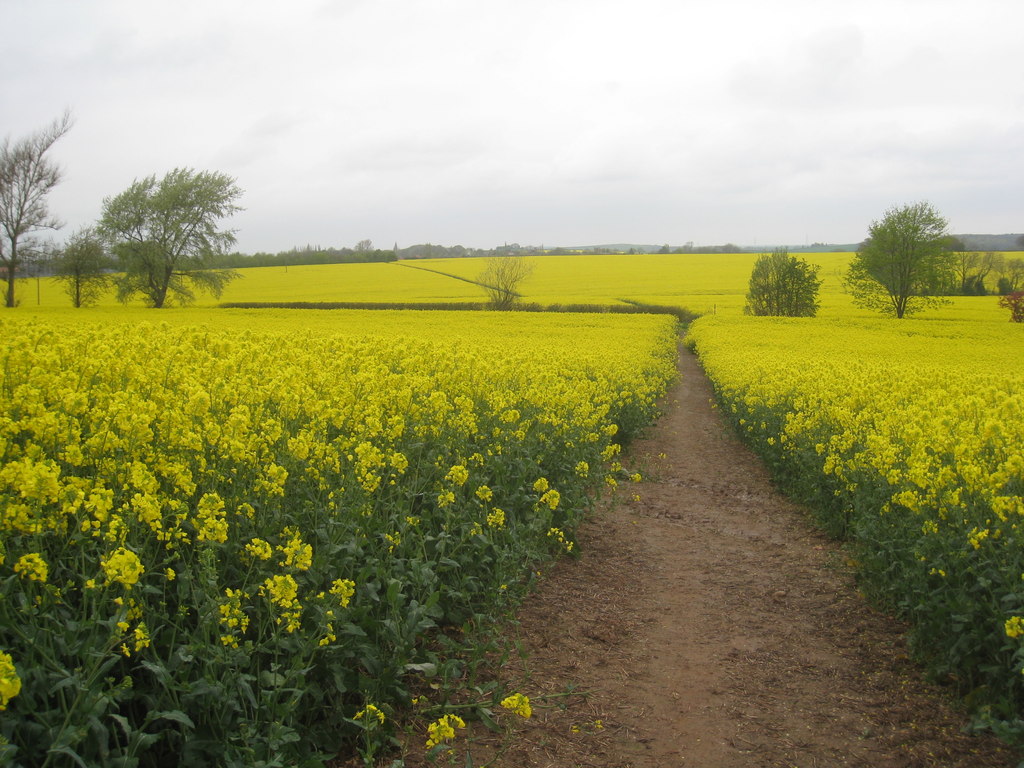By Tom Thorpe
I love a clean looking lawn, and my son and I invest hours and take pride in one that is weed free with very clean lines. The lawn is mowed every 5-7 days, and we treat it regularly with weed killers and nutrients for feeding to ensure golf-course perfection – every blade uniform in height and color. When neighbors walking their dogs compliment our work, it feeds our sense of accomplishment.
But lately, I’ve started to wonder what we’re losing in pursuit of this perfection. Just as my lawn suppresses anything deemed a ‘weed,’ our education system often stamps out the very differences that make students unique. As an educator, I used to approach my classroom the same way – believing that ‘clean lines’ and ‘weed free’ was the key to great learning. But watching the learners in the REDI Lab and classes I teach struggle to fit into these narrow rows forced me to reconsider what we’re really cultivating.
Have we created a system that resembles a meticulously manicured lawn – uniform, predictable, and devoid of the wild beauty that comes with diversity? Are educators, like my own yard, motivated by making sure every dandelion is eliminated and clover is considered an enemy? Creating classrooms where different ways of thinking are treated as weeds to be pulled rather than wildflowers to be appreciated establishes a monoculture. One that looks impressive from the street but lacks the deep roots and resilience that come from biodiversity.
The one-size-fits-all approach isn’t just outdated; it’s quietly choking out creativity and personal agency. We spray our educational herbicides – standardized tests, rigid curricula, uniform pacing – eliminating anything that doesn’t fit the prescribed pattern. In an era where AI and automation are reshaping the workforce, we continue maintaining these perfect rows, whispering a dangerous narrative: there’s only one way to grow, one acceptable height, one shade of green worth achieving. But just as the healthiest ecosystems include variety – where clover fixes nitrogen, dandelions aerate soil, and moss thrives in shade where grass cannot – the most innovative solutions just might come from minds that were allowed to grow wild.
At the heart of this transformation lies two essential elements, and they are at the core of every REDI Lab experience: radical trust and authentic storytelling. Imagine a classroom that functions less like my controlled lawn and more like a meadow – where we trust each plant to find its own path to the sun. Where educators don’t patrol with weed-killers but instead nurture whatever wants to grow. This trust-based approach means accepting that learning, like nature, can be messy, unpredictable, and beautiful in its chaos, which is where the REDI Lab feels most comfortable and excels.
The power of authentic storytelling cannot be understated. While our current system resembles my lawn’s forced uniformity – every blade cut to the same height, expressing the same green – we must create space for genuine voices to emerge. What if a history lesson wasn’t about trimming everyone to the same understanding, but about letting students grow their own connections to the past? What if science classes became gardens where students could plant their own questions and tend their own experiments? And what if, like in the REDI Lab, the student’s experience became the novel at the center of a Socratic Seminar or the textbook that provided the content to critical and analytical thinking?
In the REDI Lab, we attempt to break free from the lawn-care mentality in order to change education while rewriting the story of human potential. We’re saying to every student: you might be a dandelion in a world that values only grass, but your deep taproot and bright yellow flower have respect and we want to know your story! Your way of growing isn’t a flaw to be corrected – it’s a strength to be cultivated.
This isn’t about letting the yard go to chaos; it’s about reconsidering what we call beautiful. It’s about nurturing a generation that doesn’t just conform to the neighborhood standard but reimagines what a yard could be. A generation that sees the beauty in a wildflower meadow, the wisdom in leaving some corners untamed, and the courage to let their authentic selves grow – even if it doesn’t match the house next door.
Are we ready to trade our perfectly manicured lawns for wild, beautiful, and unpredictable gardens of human potential? Can we stop seeing diversity as weeds to be eliminated and start seeing it as the very thing that makes an ecosystem thrive? The choice is ours, and the future is listening. In a world grappling with complex challenges, we need education systems that cultivate not just uniform competence, but wild creativity; not just neat edges, but expanding boundaries; not just a perfect lawn, but a thriving ecosystem. The time has come to put down the weed-killer, listen to the stories, and trust in the beauty of what wants to grow.

